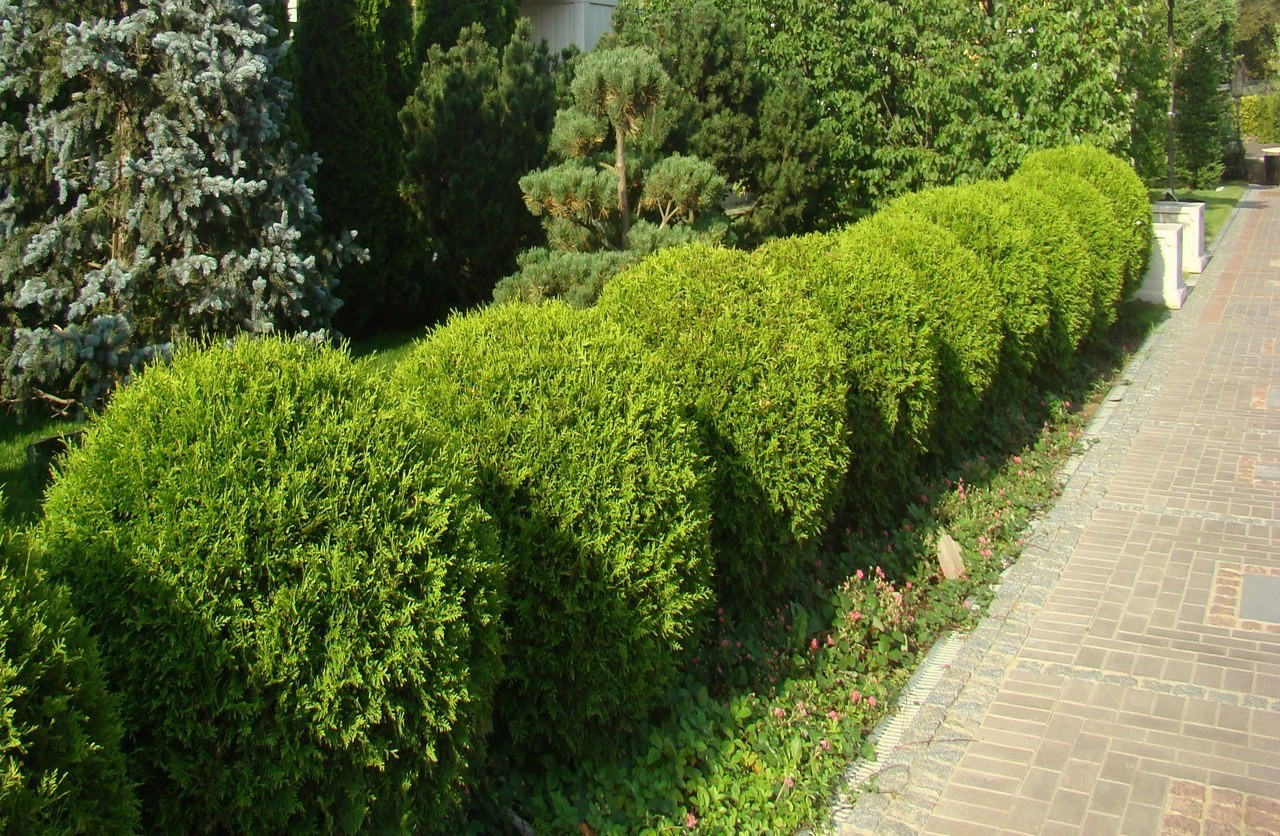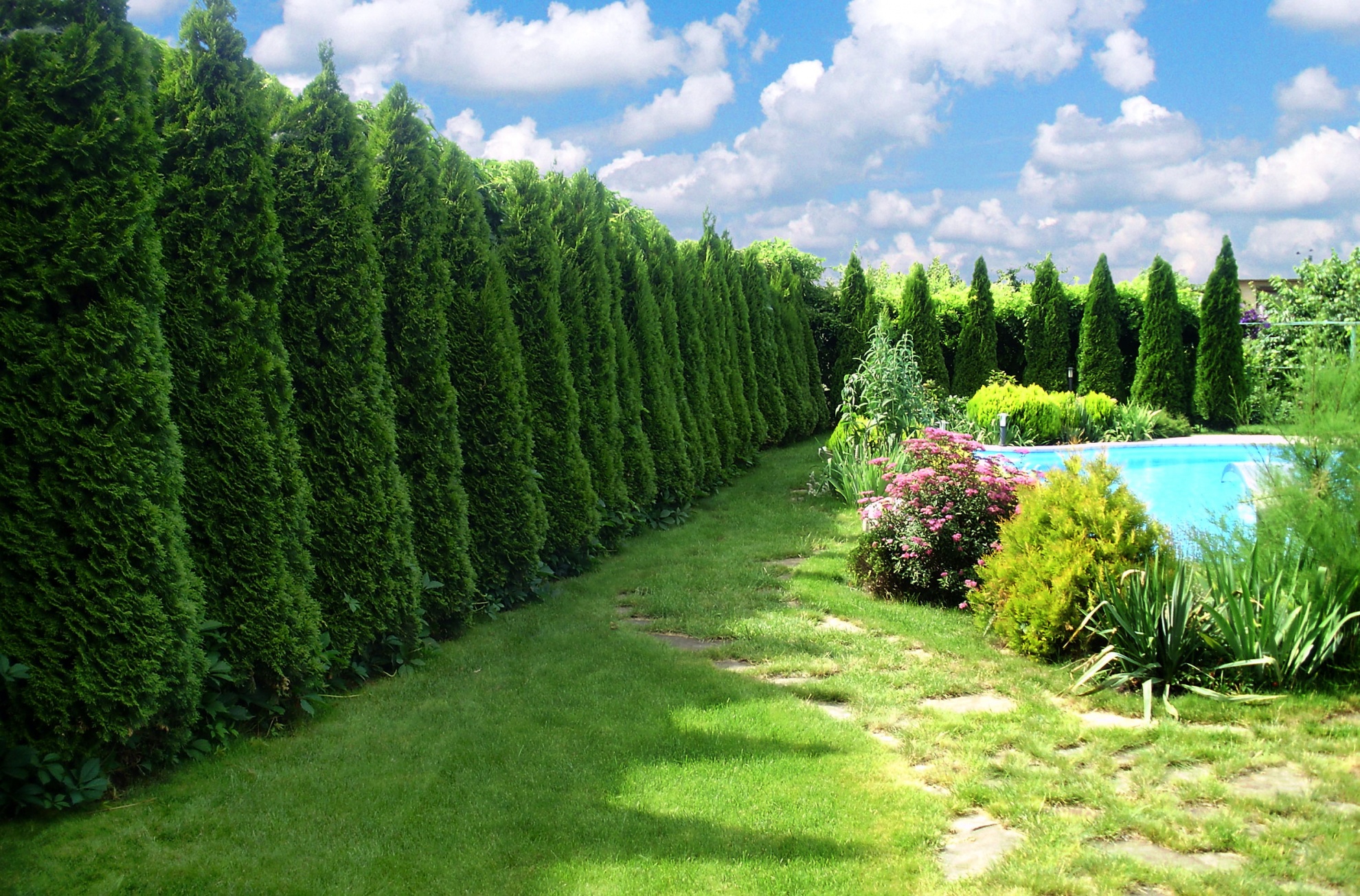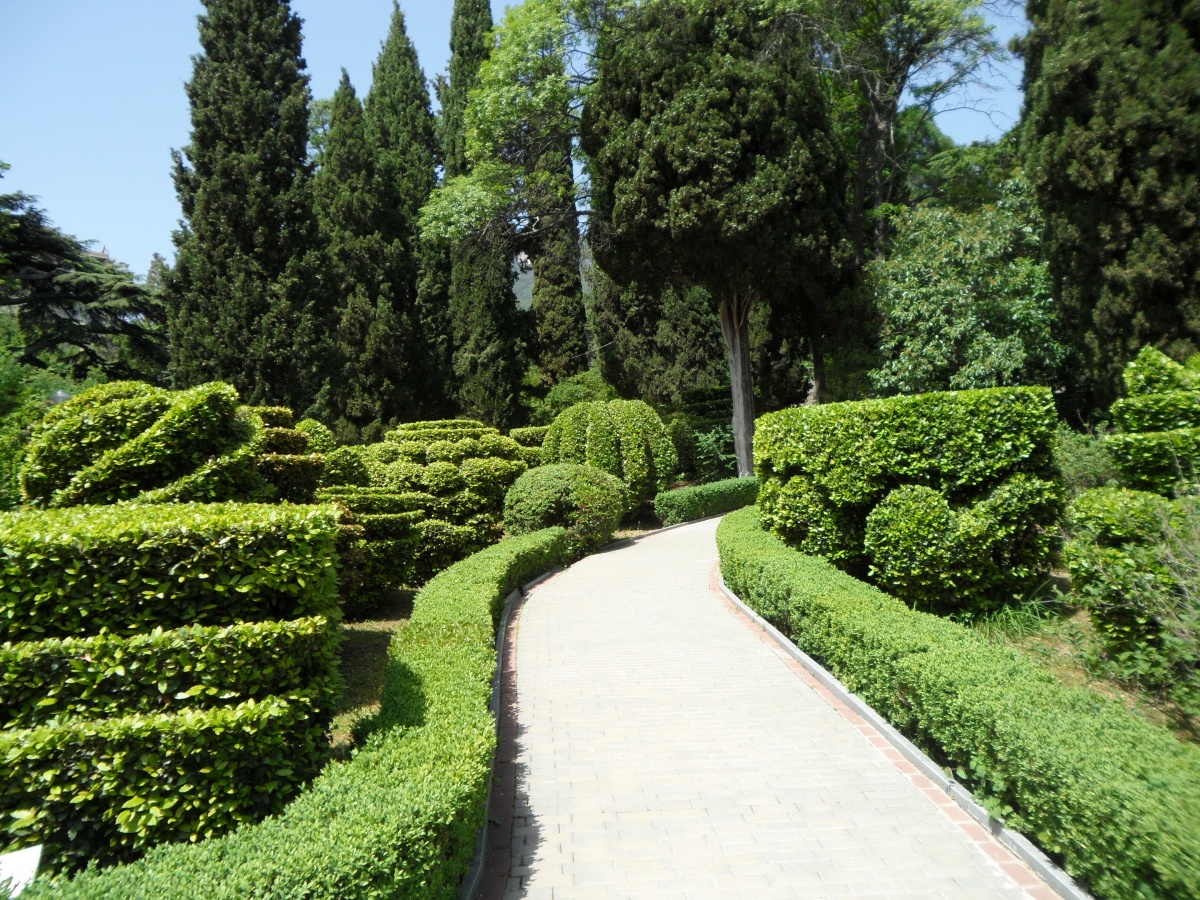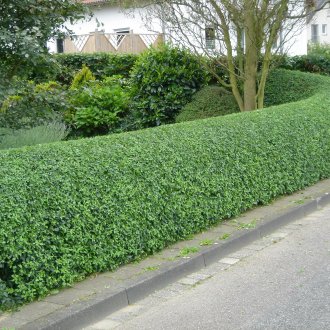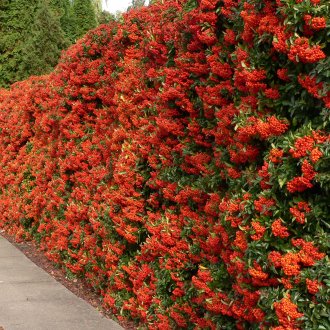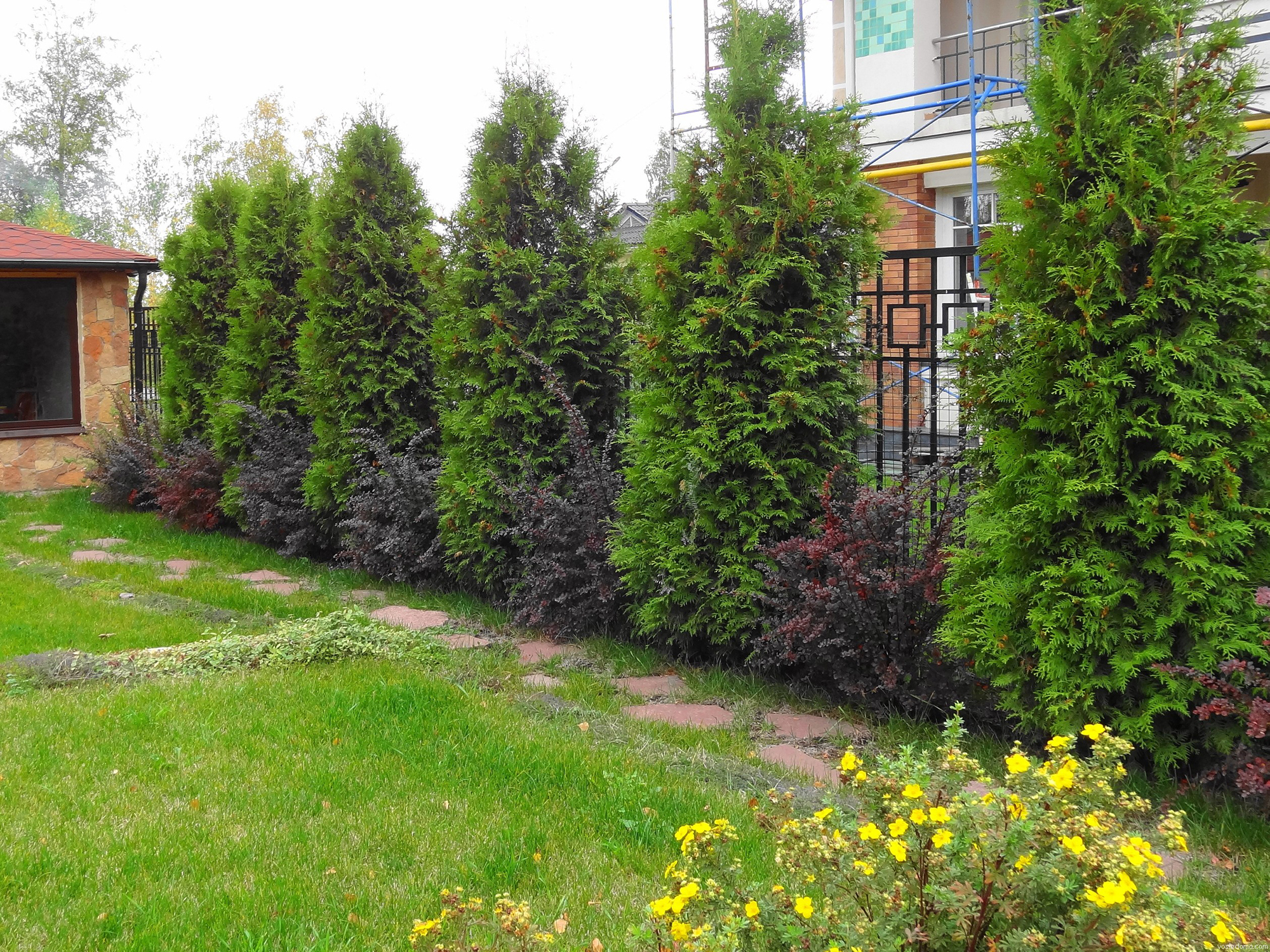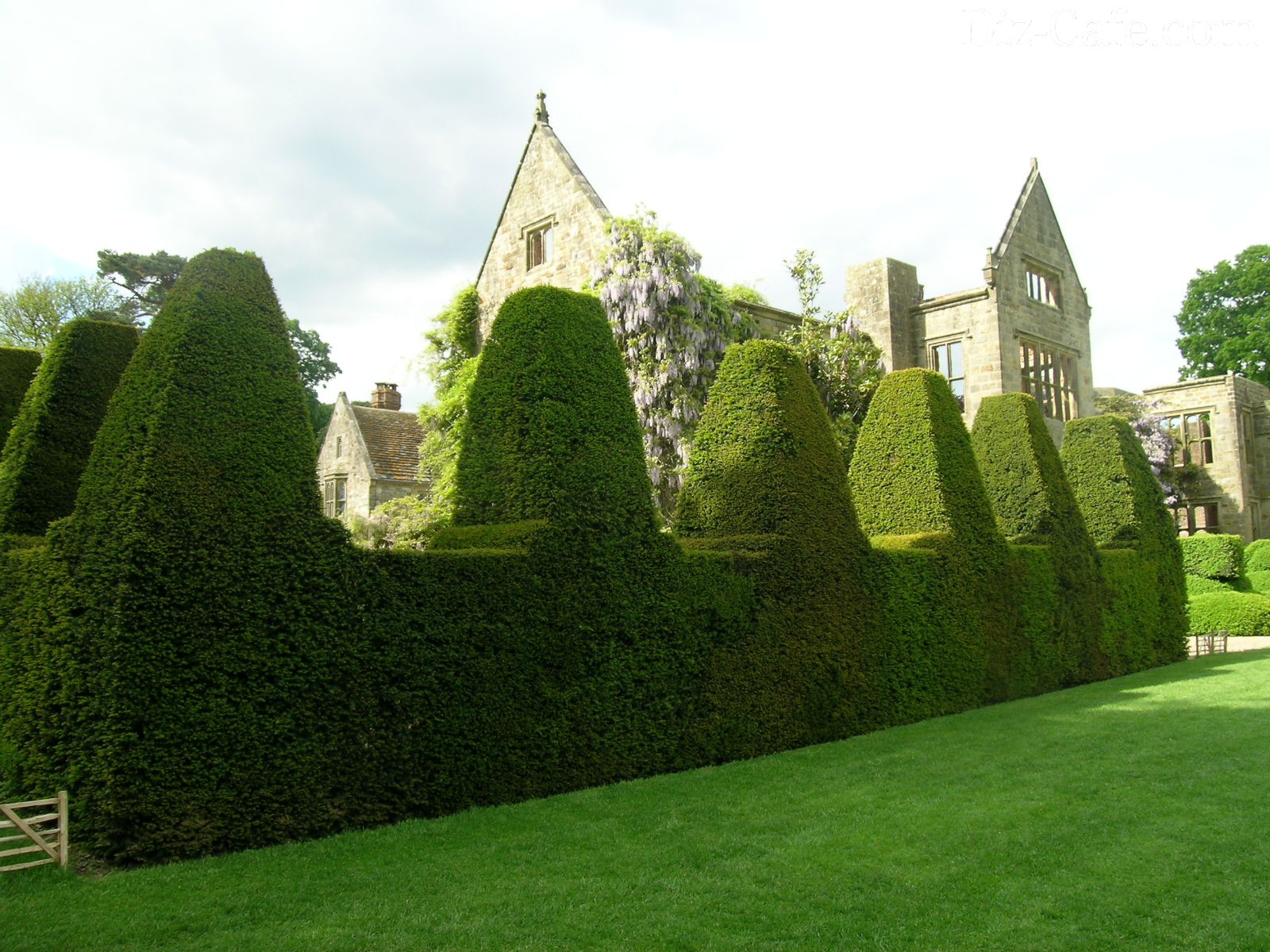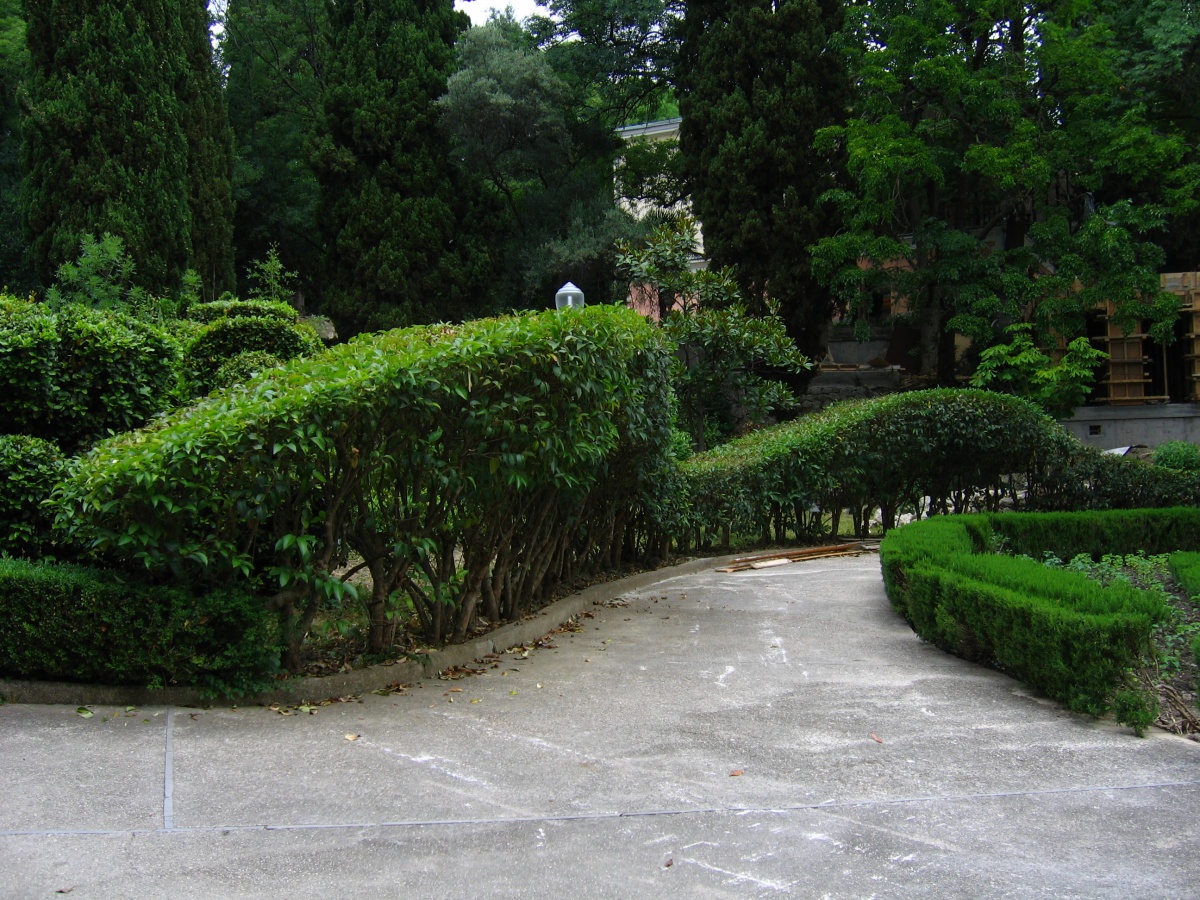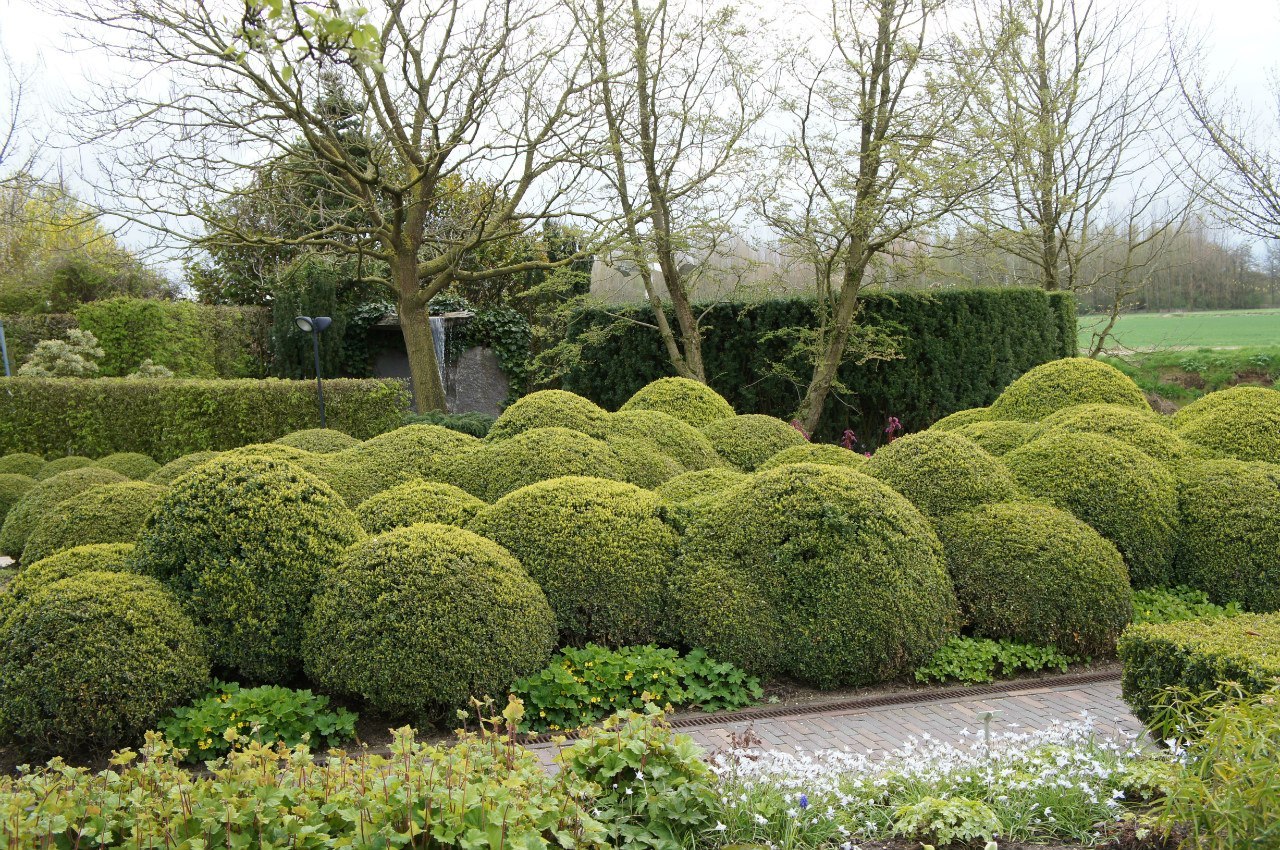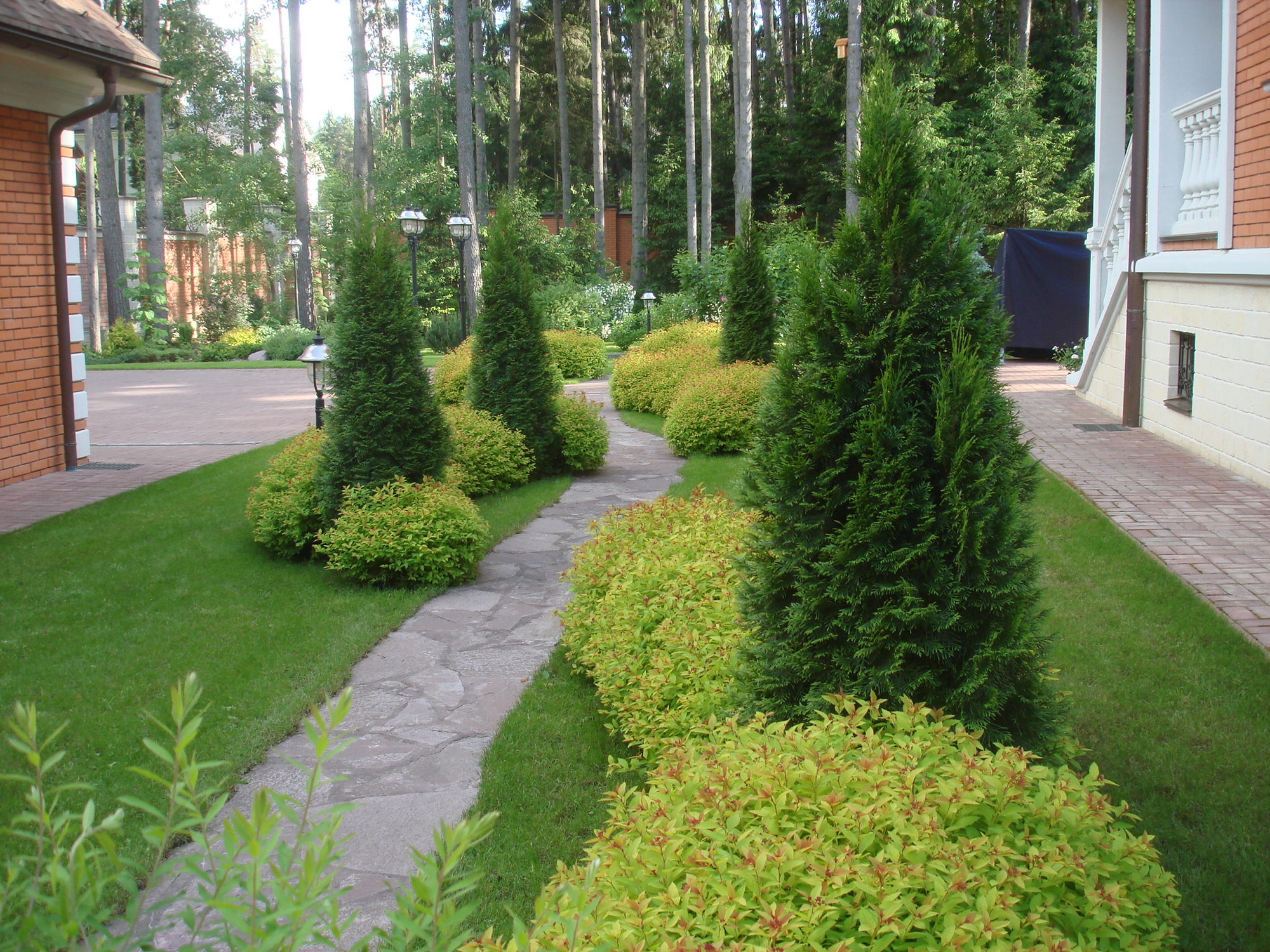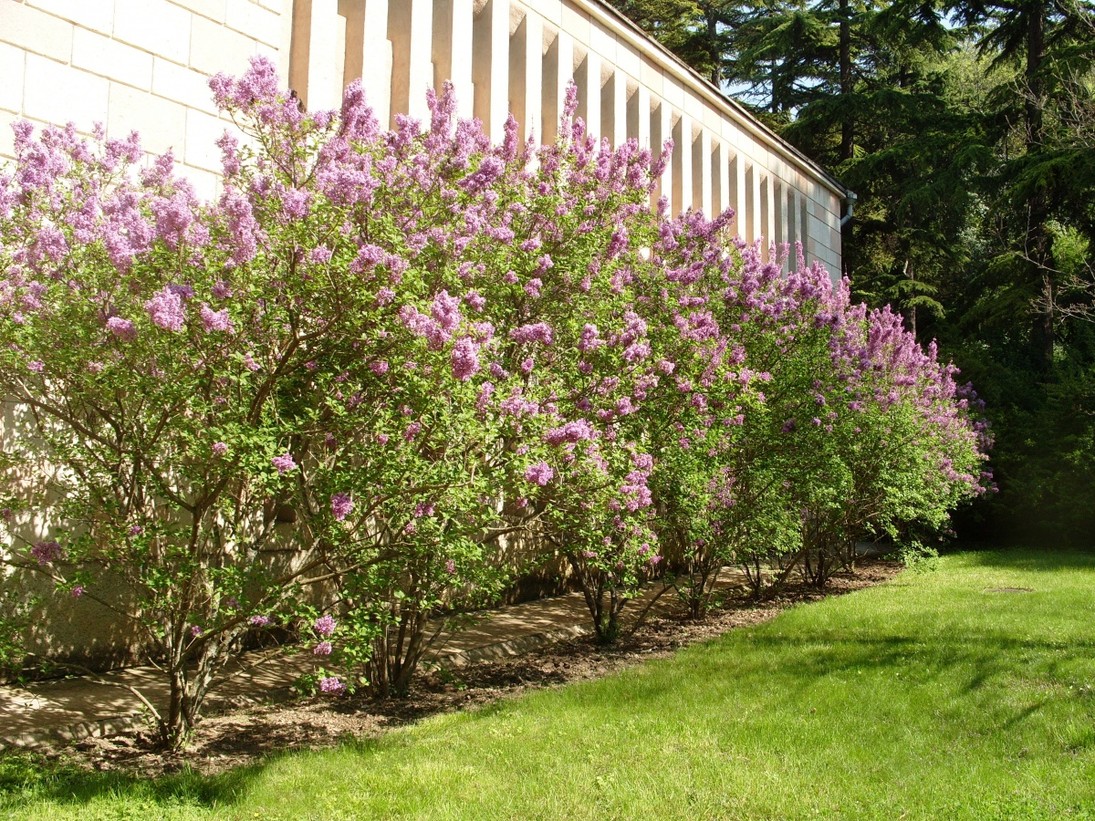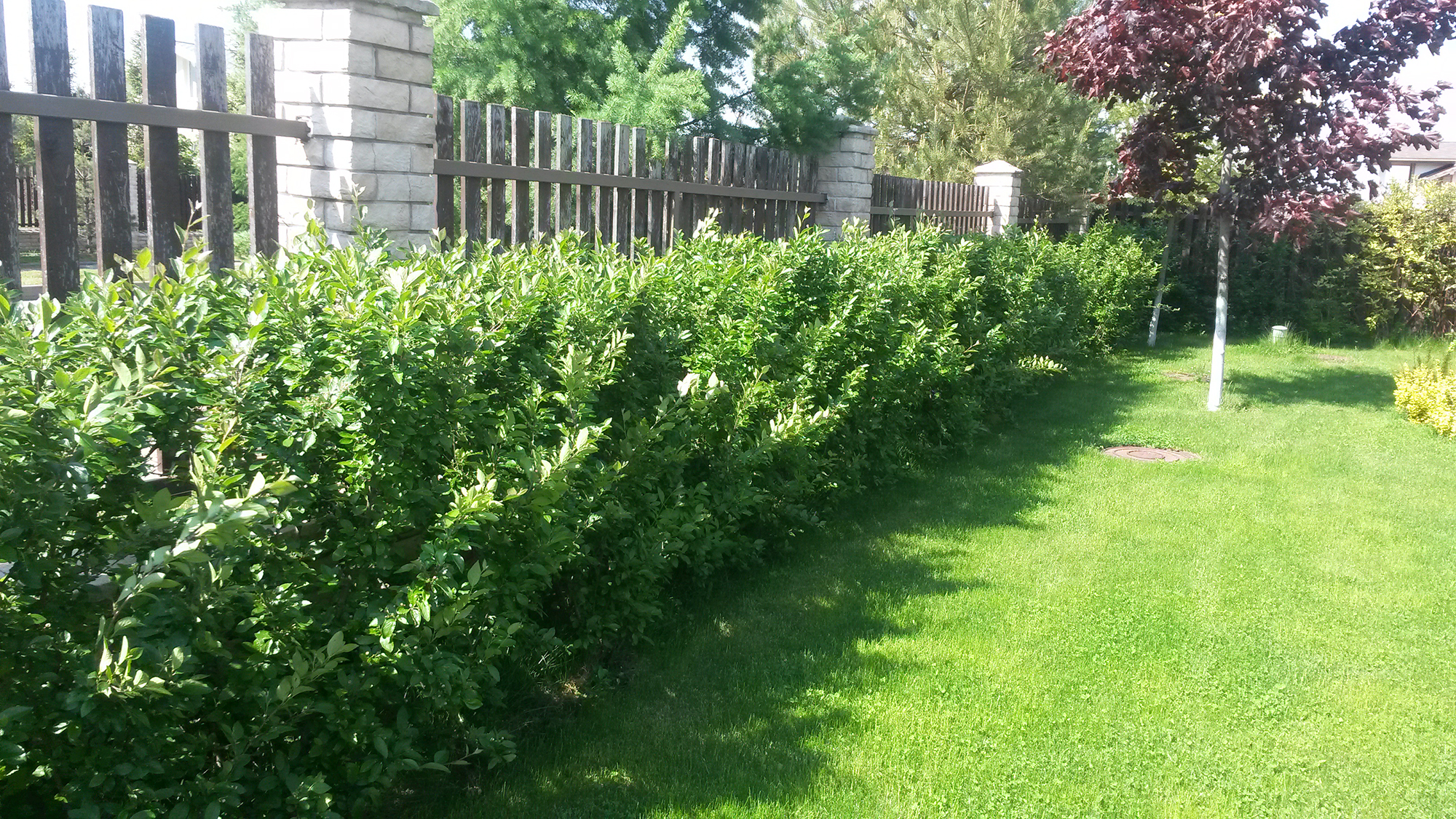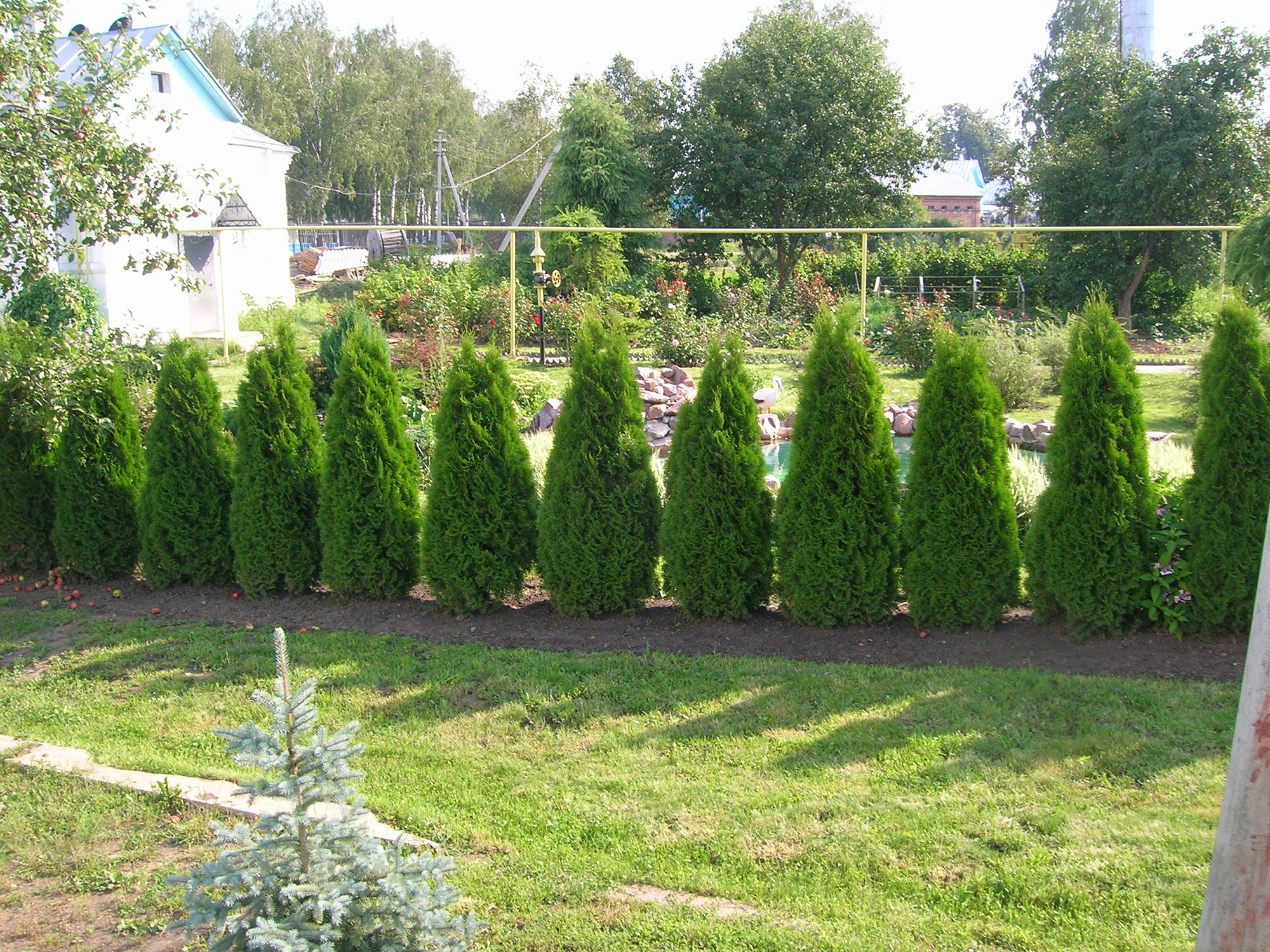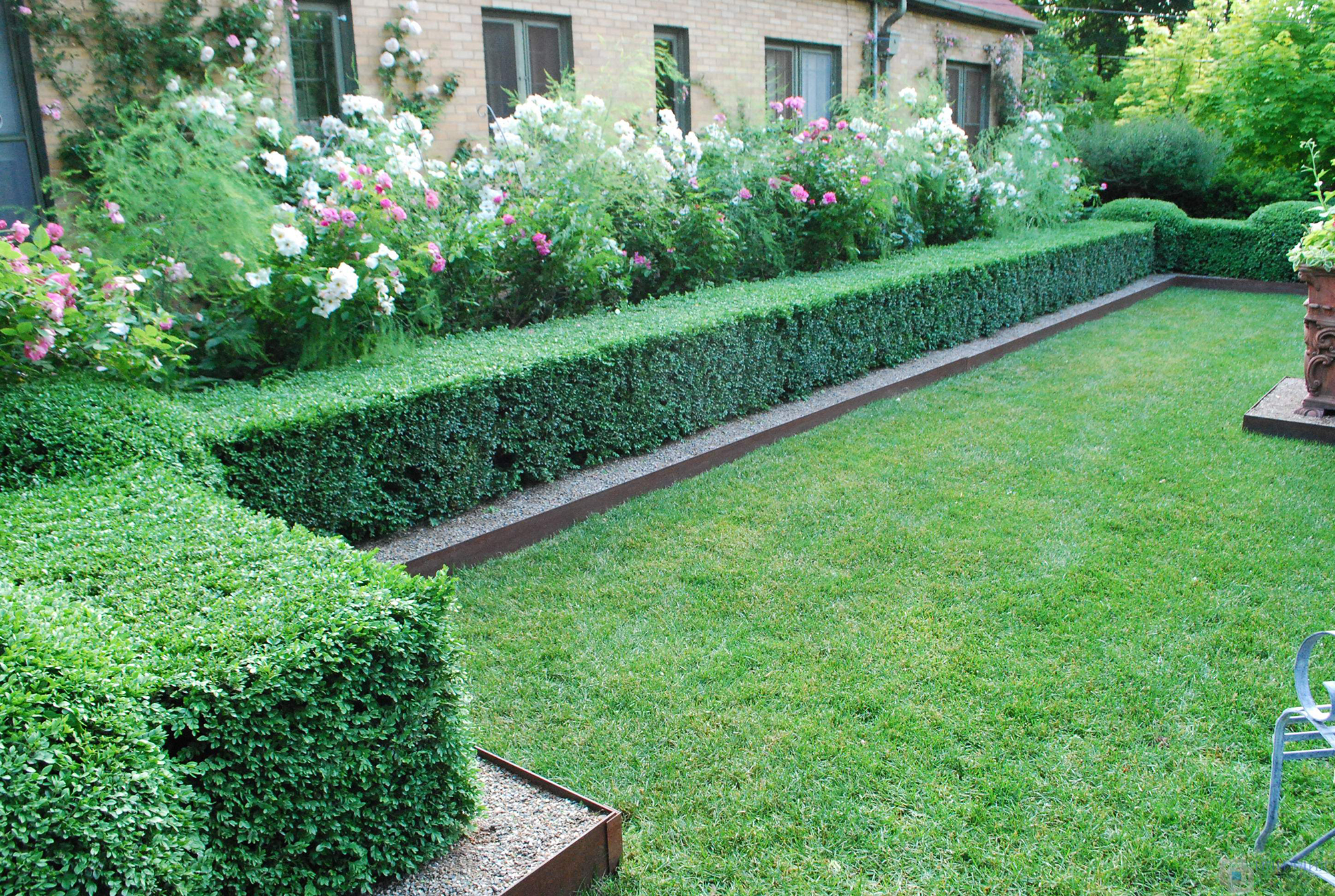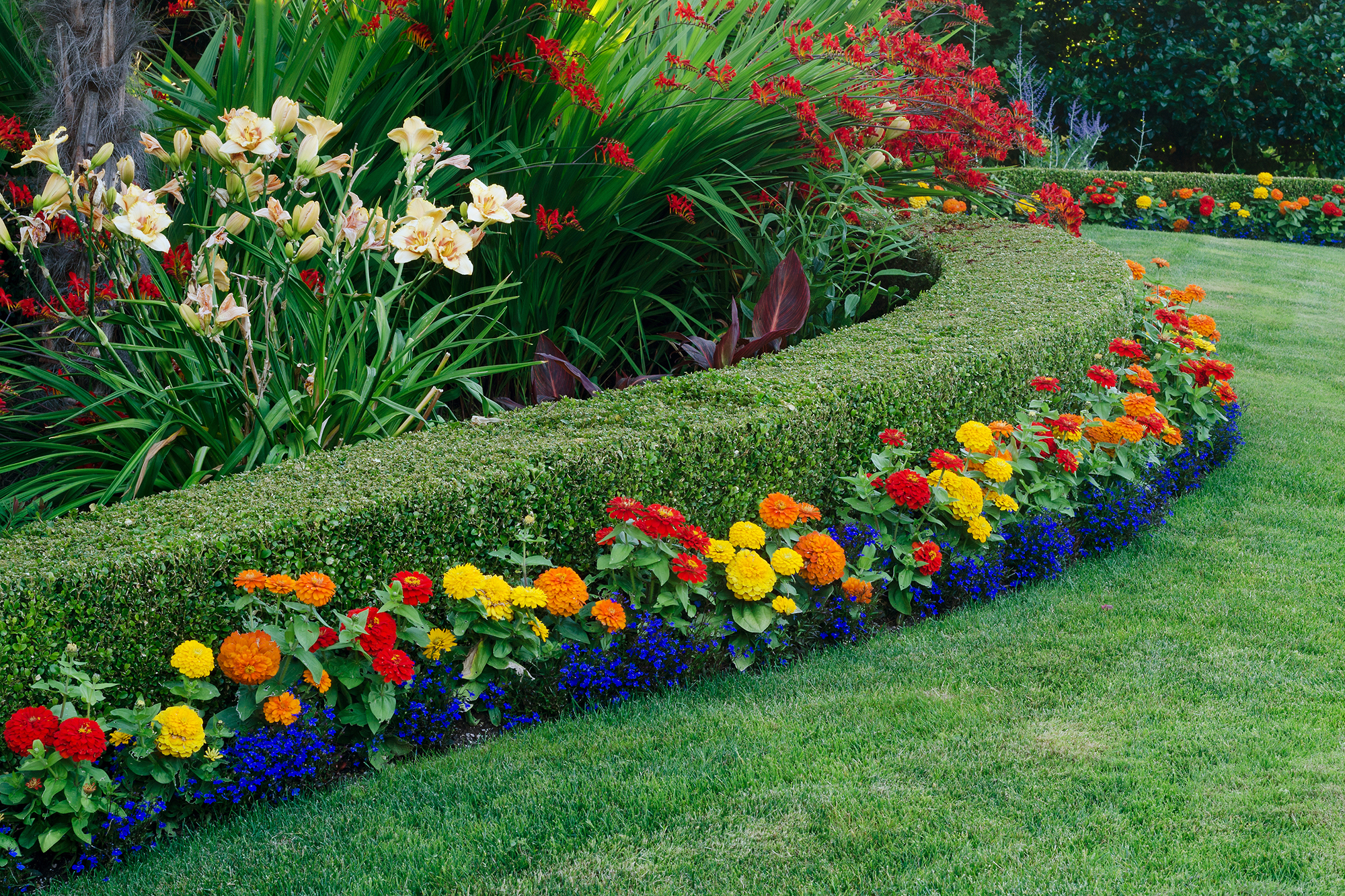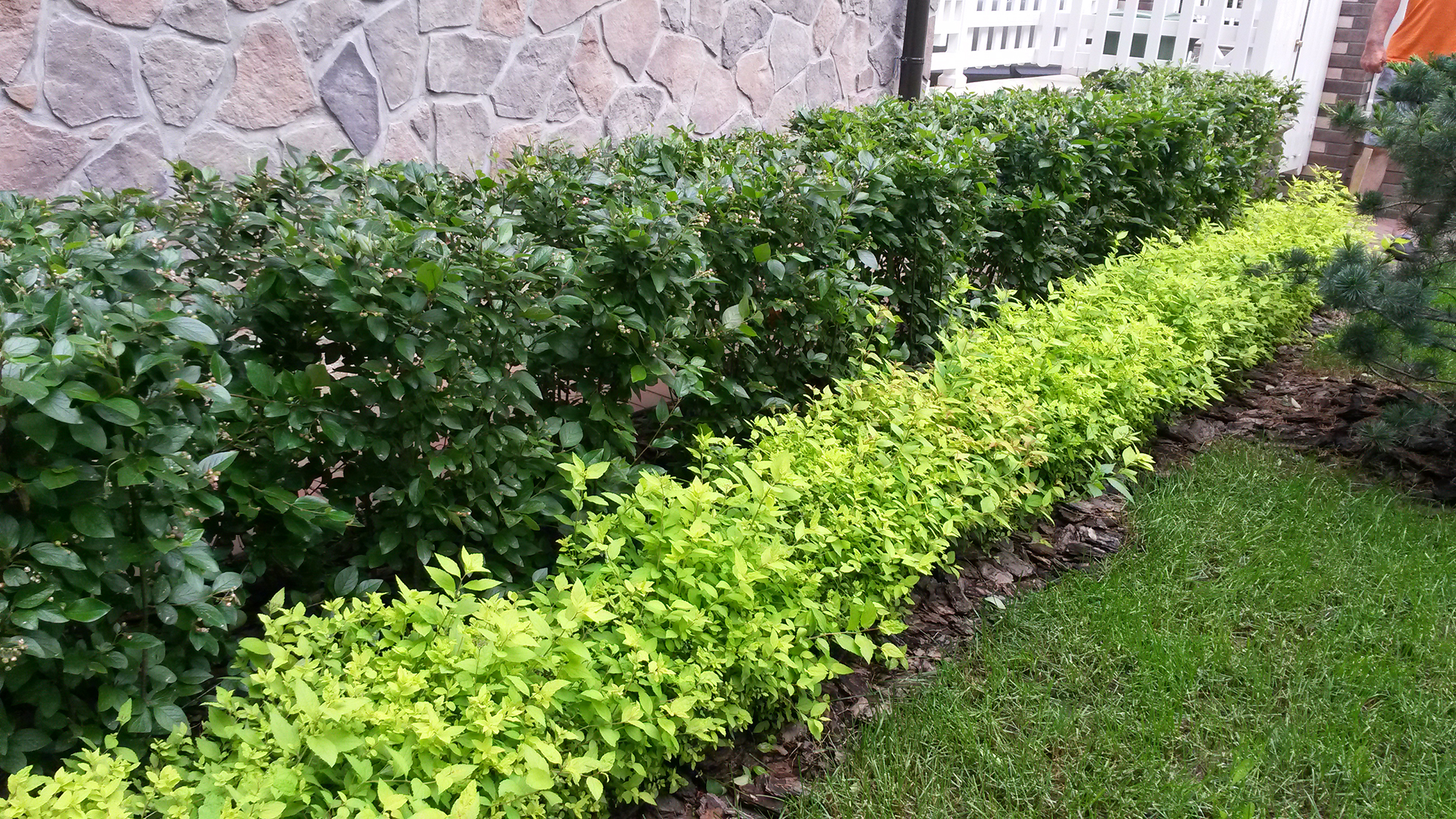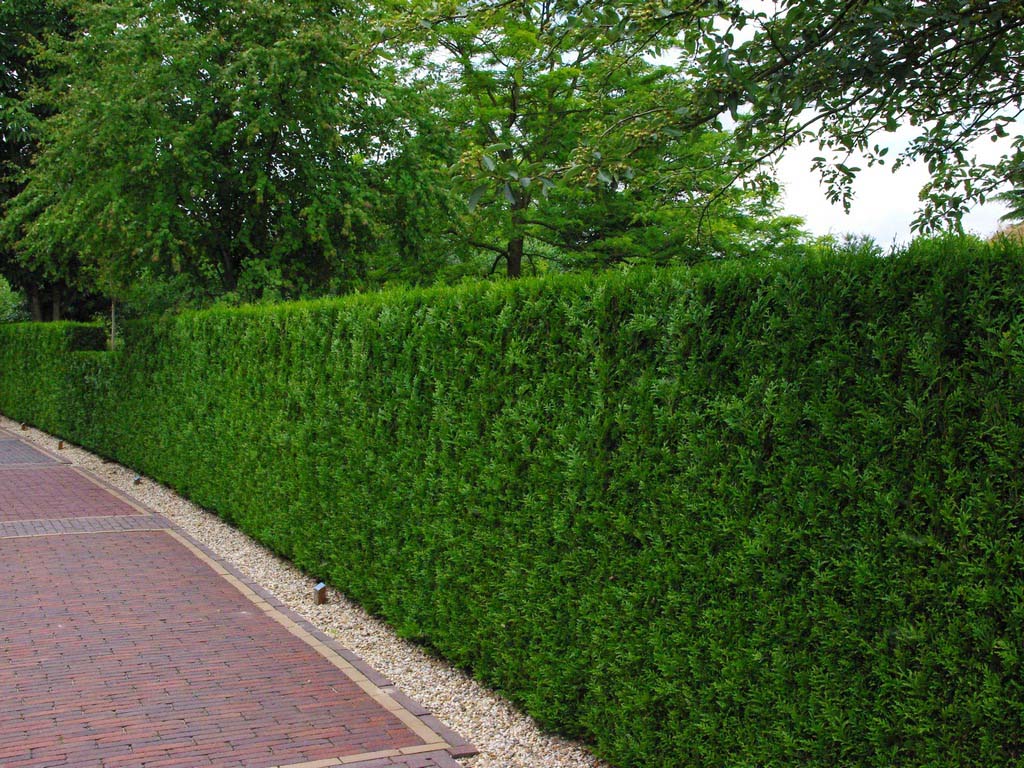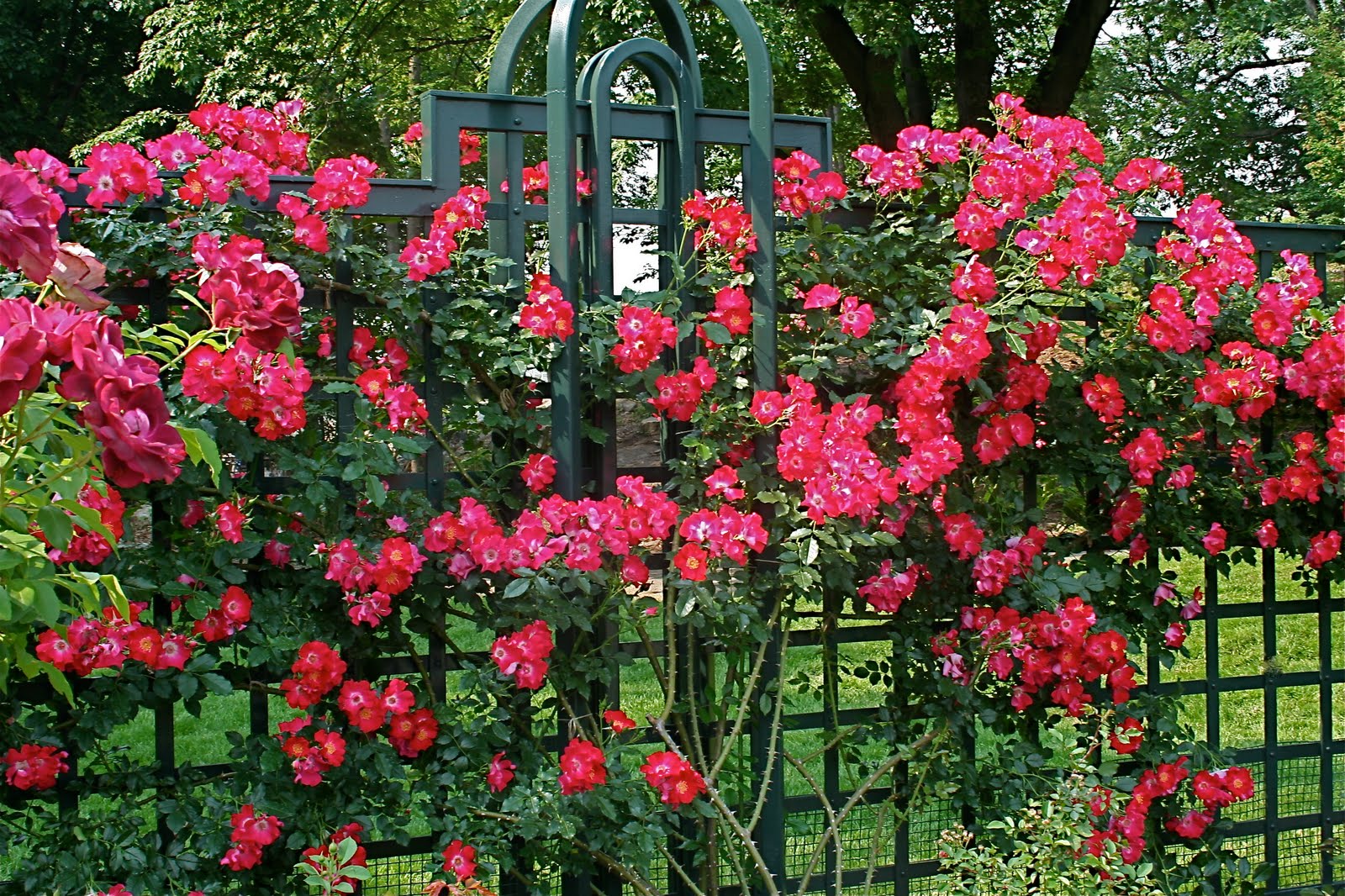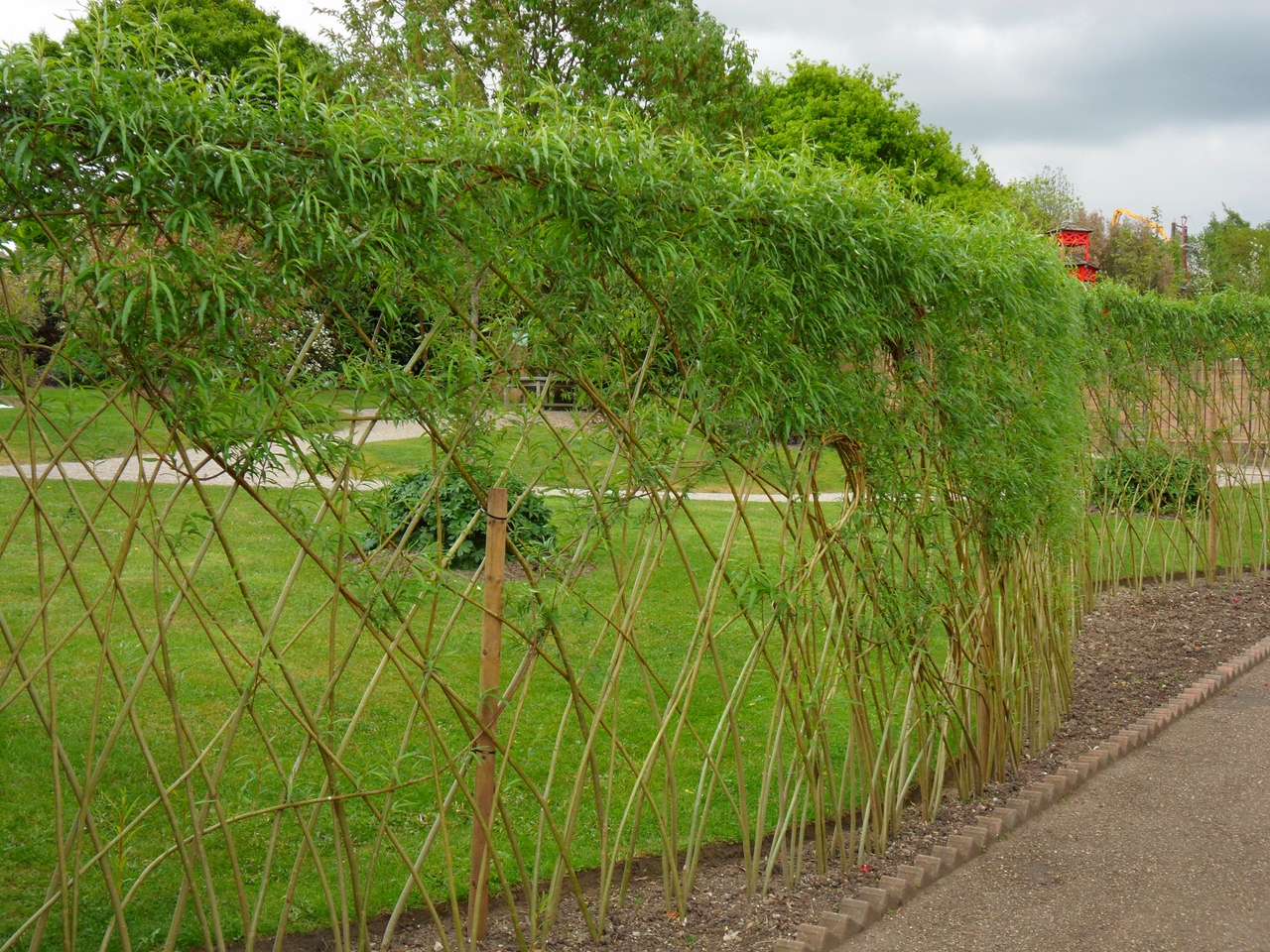Hedge on the site (20 photos): beautiful design of fences
Content
A hedge in a country house or in a park is an integral part of creating a beautiful plot with the help of plants. For the first time in the world, people started talking about the “green walls” back in the 16th century. Historians claim that in Roman gardens girlish grapes, roses and fruit bushes were planted as hedges.
The general purpose of a "living" fence in a modern landscape
Today, fencing from shrubs or low trees are widely used in landscaping garden plots. Thanks to them, you can create borders or zoning plots in the garden. Often fences of this kind are used to mask any buildings, to shelter part of the house from the wind (even in winter), or to create a privacy zone - arbors, recreation areas (grapes or roses).
In the design of a garden plot, most often the arrangement of a hedge implies its further use in landscaping as a background. Planting tall plants, which respond well to cutting and forming a crown, instead of a fence, is becoming more popular every day.
In addition to the aesthetic value, hedges protect well from strong gusts of wind (they naturally miss some of them). Such a fence can be an excellent protection against noise and dust (thuja, lilac, grapes). In such a zoned space, you can perfectly grow vegetables without greenhouses and greenhouses.
Varieties of plant fences
The types of hedges are divided depending on how tall they are, whether the crown is formed, and on the requirement of pruning. For the most part, such fences can be divided into two varieties:
- Molded fence.
- Unformed live fence.
- Free-growing hedge.
Molded hedges
These are the usual classic types of "green walls". They are arranged from shrubs and trees that are easy to cut. Able to form a fairly dense crown, they must necessarily branch well. Such hedges are usually grown from deciduous or evergreen plants.
The formation of hedges should begin immediately after the plants have taken root. The first step is to carry out leveling trim, that is, make the crown even in density and at one level in height. A hedge of coniferous plants is poorly restored after the removal of protruding branches, so in the first couple of years of life it is better not to touch such a fence.
In turn, this type of "living wall" is divided into subspecies depending on the shape of the crown:
- Square.
- Rectangular
- Triangular.
- Oval.
- Trapezoidal.
- Tapestry.
Unshaped Fences
They are most often used for planting plants along fences, in order to isolate themselves from those who want to look into the neighboring courtyard. Such a fence requires minimal maintenance - removal of old dry branches that have broken out from the total mass of shoots, as well as buds that have already faded. But not always so good. For example, a hedge of hawthorn over time begins to be exposed from below and loses its aesthetic appearance. To hide this - you can plant a row of undersized shrubs.
If a gardener has a desire to supplement the design of a summer cottage with a hedge, but not to resort to regular pruning, unpretentious slow-growing plants can be an excellent option.
Free-growing hedges
These types of fences should be used if the site is large enough and there is a place where to plant shrubs and trees that will bloom and grow freely. Plants for hedges of this species are selected that can bloom for a long time, as well as poorly tolerated haircuts, but at the same time able to independently maintain the shape of the crown.
A wonderful flowering hedge will be obtained from the following plants:
- Jasmine
- Roses.
- Grapes.
- Lilacs.
- Barberry.
- Cotoneaster.
- And you.
By height, such fences are divided into:
- Living walls - up to 7 m.
- High hedge - capable of reaching up to 4 m.
- The average fence is up to 1.5, and sometimes 2 m.
- Low hedges - fences up to 1 m are formed.
- Borders - the lowest fences to half a meter, used for landing along the tracks.
Depending on the purpose of such a fence, a scheme is chosen according to which the hedge is planted. Protective ones are planted denser, and decorative ones are a little "loose".
How to choose a landing pattern
Hedgerows also differ in the number of rows planted. Choosing the right planting scheme is based on their ability to develop rapidly.
Single row fence
Shrubs for hedges are planted in one line at a distance of 30 to 50 cm from each other. Trees need a little more space, so they should be planted a little further - from half a meter to 75 centimeters. Spruce hedges require planting at a distance of 1 m from each other. If you decide to create a landscape design by planting one, it will require a space from 80 centimeters to 1.5 m (depending on the variety). A vertical evergreen hedge will turn out if you plant fast-growing plants at a distance of 1.5 to 2.5 meters.
Multi-row fence
Landing is a high beautiful fence in two or three rows. This type of living fence is recommended for use in landscaping when planting shrubs that have curved branches, such as hedges of wild rose or privet. It is not necessary to plant such a fence from fir or thuja, as it turns out to be quite dense, which makes it difficult to prune and care for the plantings.
The standard scheme for planting shrubs and trees: 50 cm distance in a row and 50-60 cm between rows.
Selection of plants for fencing
When choosing trees or evergreen shrubs for hedges, you should carefully study the characteristics of the plants, imagine how the design of the summer cottage will change in the process of their growth.
Cotoneaster hedge - This is one of the most successful options for low fences in the country, planted along the fence or around the house. The plants are easy to care for, they require only a couple (one in winter) haircuts.
Thuja fence - An excellent option for decorating the garden, park, walls at the house and recreation areas. The tree is quite unpretentious, does not require frequent pruning. It is possible to form both a high decorative fence and a low fence. Thuja does not tolerate prolonged droughts.
Juniper hedge - a decorative perennial planting that can play with a variety of colors (from light green to almost black - depending on the varieties). It is best to choose Cossack juniper for a live fence, since it holds its shape well, the rest are more spreading and you will have to pull the trellis when using them. In winter, you may need to cover the plantings.
Lilac hedge - perennial deciduous planting. It is not recommended for use in small areas, since all the soil around the plantations becomes unsuitable for growing other plants - it simply becomes barren.Lilac responds well to pruning, quickly restored.
Rose hedge. Planting from the fast-growing garden queen is a multifunctional fence or borders that decorate tree trunks and unsightly walls of the house. Creating a rose hedge does not require much space. In order for the thorny prickly beauty to curl - you can make a grid by pulling it between the pillars or fixing it on the wall of the house. Similarly, you can plant grapes.
Willow hedge Suitable for those who want to create perennial fences around the house without spending a lot of time on their care. Willow forms a rapidly growing shoot. In a couple of years, a wonderful live fence will flaunt on the site.
The design of the garden changes slightly in winter. Grapes, roses, rose hips require shortening of shoots, other plants require shelter or mulching (protective coating of the soil).
